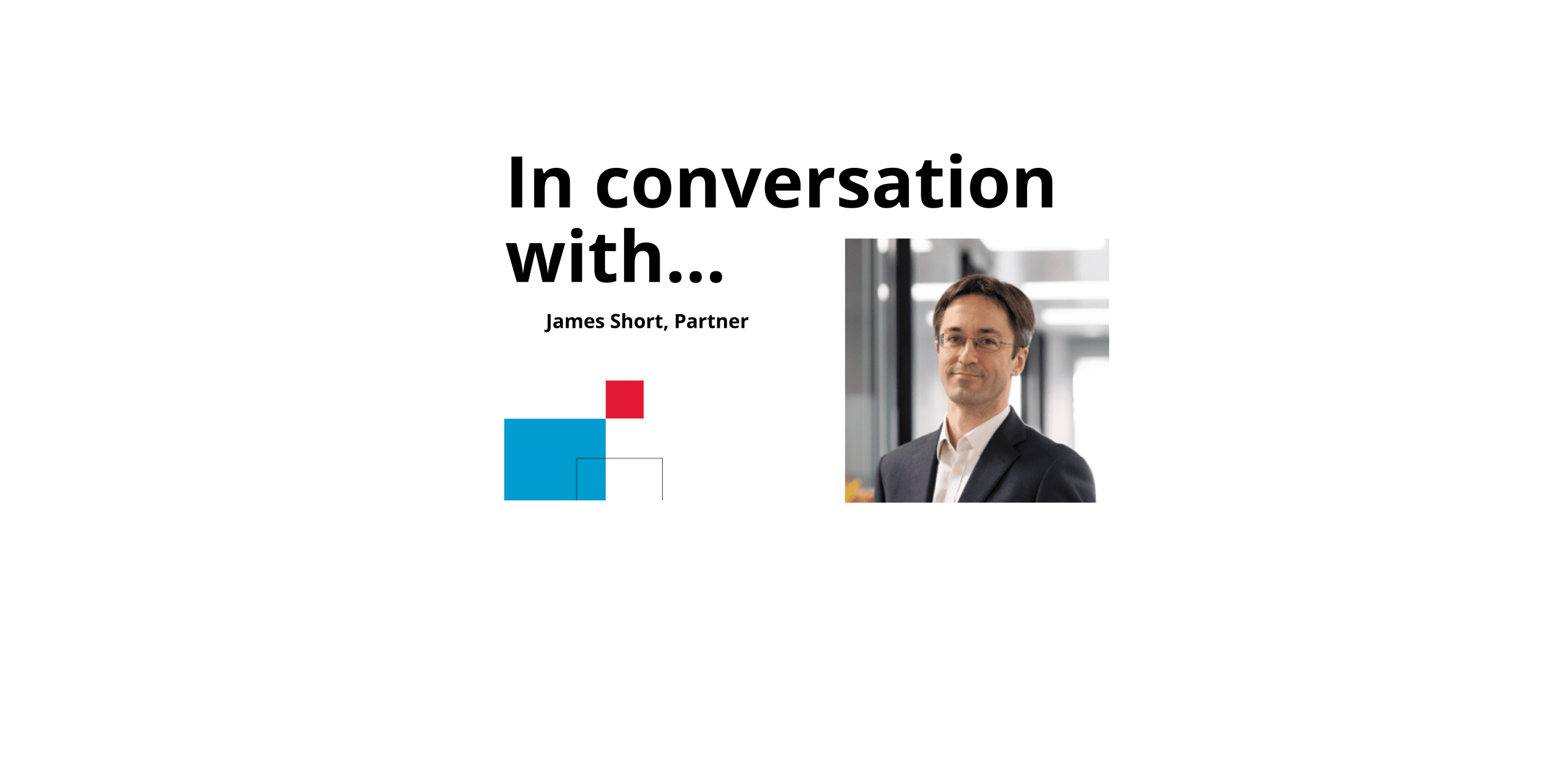My work has a mechanical focus, but my background extends across mechanical, electrical and computing disciplines, and I am perfectly aligned to work in the artificial intelligence sector as well.
I have been very fortunate to have spent most of my career working with a major aeronautical engineering client. The great thing about the work is that the technology touches upon every aspect of engineering – including aerodynamics, of course, but also materials and manufacturing methods, sensing systems and communications, control of the cabin environment, passenger experience, satellite technology and navigation and AI. Being able to cover such a wide range of inventions is very rewarding and has given me experience that I can apply for all of my clients.
I look forward to taking on more work in the artificial intelligence sector as it grows in the UK. Artificial intelligence was the subject of my PhD, and I have enjoyed applying my experience to the latest developments. The patenting of computer-implemented inventions can be challenging because of the way the laws have developed. It’s a fascinating topic and a common area of debate with Examiners at various patent offices but I am experienced in navigating the issues that can arise.
The patent process can be a complicated one for the uninitiated. I particularly enjoy working with start-ups, ensuring everything is clear and transparent to them throughout the process. I also understand that at an early stage the cost of every patent application can be significant and must be justified by a broad scope of protection.
My main area of expertise is inter partes proceedings before the European Patent Office. I am regularly involved in contentious proceedings before the Opposition Divisions and Boards of Appeal and have contributed to the Opposition and Appeals chapter of The Patent Litigation Law Review for several years. I take great satisfaction in achieving successful results for my clients, especially if the stakes are high.
Recent work that I am proud of has included drafting and prosecuting to grant a UK patent for a virtual reality system that provides haptic feedback using muscle stimulation signals learnt by machine learning algorithms. Additionally, I recently achieved the grant of a European patent for a visual tracking system robust to occlusion, at oral proceedings by video conference.
Having previously been a member of the Firm’s Practice Committee, I enjoy maintaining my understanding of patent office procedural law. I have a deep knowledge of European Patent Office (EPO) procedures, and am always delighted to be able to advise my colleagues and overseas experts on those matters.






